Innovative Application of the Public–Private Partnership Model to the Electric Vehicle Charging Infrastructure in China
Abstract
:1. Introduction
2. Status of Electric Vehicle Charging Infrastructure Construction
2.1. Gaps between Supply and Demand Are Broadening Increasingly
2.2. Technological Advances Never Stop
2.3. Intensive Release of Policies
2.4. Social Capital Is Relatively Abundant
3. Analysis of the Reasons for Backward Charging Infrastructure Construction
3.1. Large-Scale Investment and Unclear Rights and Liabilities
3.2. A Single Body for Charging Infrastructure Construction and Operation
3.3. Various Risks Coexist
3.4. Support Systems Need Strong Coordination
4. Innovative Application of the PPP Model to Charging Infrastructure Construction
4.1. Government Mechanisms for Encouraging the Application of the PPP Model to Charging Infrastructure Construction
4.2. Mechanisms for Operating Social Capital to Apply the PPP Model to Charging Infrastructure Construction
4.3. Intermediary Support Mechanisms for Social Capital to Encourage the Application of the PPP Model to Charging Infrastructure Construction
5. Conclusions and Future Research
5.1. Conclusions
5.2. Future Research
Acknowledgments
Author Contributions
Conflicts of Interest
References
- Mouraviev, N.; Kakabadse, N. Impact of externalities on sustainable development: Evidence from public-private partnerships in Kazakhstan and Russia. Corp. Gov. Int. J. Bus. Soc. 2014, 14, 653–669. [Google Scholar]
- Vian, T.; McIntosh, N.; Grabowski, A.; Nkabane-Nkholongo, E.L.; Jack, B.W. Hospital public–private partnerships in low resource settings: Perceptions of how the Lesotho PPP transformed management systems and performance. Health Syst. Reform 2015, 1, 155–166. [Google Scholar] [CrossRef]
- Boeing Singh, L.; Kalidindi, S.N. Traffic revenue risk management through Annuity Model of PPP road projects in India. Int. J. Proj. Manag. 2006, 24, 605–613. [Google Scholar] [CrossRef]
- Ameyaw, E.E.; Chan, A.P.C. Risk ranking and analysis in PPP water supply infrastructure projects. Facilities 2015, 33, 428–453. [Google Scholar] [CrossRef]
- Valipour, A.; Yahaya, N.; Md Noor, N.; Kildienė, S.; Sarvari, H.; Mardani, A. A fuzzy analytic network process method for risk prioritization in freeway PPP projects: An Iranian case study. J. Civ. Eng. Manag. 2015, 21, 933–947. [Google Scholar] [CrossRef]
- Rahman, I.; Vasant, P.M.; Singh, B.S.M.; Abdullah-Al-Wadud, M.; Adnan, N. Review of recent trends in optimization techniques for plug-in hybrid, and electric vehicle charging infrastructures. Renew. Sustain. Energy Rev. 2016, 58, 1039–1047. [Google Scholar] [CrossRef]
- Han, W.; Zhang, G.; Xiao, J.; Bénard, P.; Chahine, R. Demonstrations and marketing strategies of hydrogen fuel cell vehicles in China. Int. J. Hydrogen Energy 2014, 39, 13859–13872. [Google Scholar] [CrossRef]
- Ma, Z.; Callaway, D.S.; Hiskens, I.A. Decentralized charging control of large populations of plug-in electric vehicles. IEEE Trans. Control Syst. Technol. 2013, 21, 67–78. [Google Scholar] [CrossRef]
- Zhang, X.; Xie, J.; Rao, R.; Liang, Y. Policy incentives for the adoption of electric vehicles across countries. Sustainability 2014, 6, 8056–8078. [Google Scholar] [CrossRef]
- Al-Alawi, B.M.; Bradley, T.H. Review of hybrid, plug-in hybrid, and electric vehicle market modeling Studies. Renew. Sustain. Energy Rev. 2013, 21, 190–203. [Google Scholar] [CrossRef]
- Hua, Y.U.; Peng, C.D. Application and mechanism innovation of infrastructure PPP mode in county area. J. Hunan Finance Econ. Univ. 2015, 4, 5–16. (In Chinese) [Google Scholar]
- Lee, W.; Xiang, L.; Schober, R.; Wong, V.W.S. Electric vehicle charging stations with renewable power generators: A game theoretical analysis. IEEE Trans. Smart Grid 2015, 6, 608–617. [Google Scholar] [CrossRef]
- Couillet, R.; Perlaza, S.M.; Tembine, H.; Debbah, M. Electrical vehicles in the smart grid: A mean field game analysis. IEEE J. Sel. Areas Commun. 2012, 30, 1086–1096. [Google Scholar] [CrossRef] [Green Version]
- De Melo, H.N.; Trovão, J.P.; Antunes, C.H.; Pereirinha, P.G.; Jorge, H.M. An outlook of electric vehicle daily use in the framework of an energy management system. Manag. Environ. Qual. Int. J. 2015, 26, 588–606. [Google Scholar] [CrossRef]
- Li, S.; Huang, Y.; Mason, S.J. A multi-period optimization model for the deployment of public electric vehicle charging stations on network. Transp. Res. Part C Emerg. Technol. 2016, 65, 128–143. [Google Scholar] [CrossRef]
- Gang, Z.; Hongbo, S. The compare-analysis of the topology and control strategies about the intelligent charging system in vehicle. In Proceedings of the 2010 International Conference on Optoelectronics and Image Processing (ICOIP), Haiko, China, 11–12 November 2010; Volume 2, pp. 529–532.
- Gharbaoui, M.; Martini, B.; Bruno, R.; Valcarenghi, L.; Conti, M.; Castoldi, P. Policies for efficient usage of an EV charging infrastructure deployed in city parking facilities. In Proceedings of the 2013 13th International Conference on ITS Telecommunications (ITST), Tampere, Finland, 5–7 November 2013; pp. 384–389.
- Jenn, A.; Azevedo, I.L.; Ferreira, P. The impact of federal incentives on the adoption of hybrid electric vehicles in the United States. Energy Econ. 2013, 40, 936–942. [Google Scholar] [CrossRef]
- Li, Y.; Davis, C.; Lukszo, Z.; Weijnen, M. Electric vehicle charging in China’s power system: Energy, economic and environmental trade-offs and policy implications. Appl. Energy 2016, 173, 535–554. [Google Scholar] [CrossRef]
- Guidelines on Electric Vehicle Charging Infrastructure Development (2015–2020). Available online: http://www.ndrc.gov.cn/zcfb/zcfbtz/201511/t20151117_758762.html (accessed on 27 June 2016). (In Chinese)
- Jiao, L.; Liu, P.A. Study on the policy framework of market cultivation in the new energy automobile industry in China. In Proceedings of the 2015 International Conference on Logistics, Informatics and Service Sciences (LISS), Barcelona, Spain, 27–29 July 2015; pp. 1–4.
- China Charging Pile Industry Forecast Market Status and Development Prospect in 2016. Available online: http://www.chyxx.com/industry/201603/400946.html (accessed on 27 June 2016). (In Chinese)
- Yi, K.; Kim, J.; Hwang, K.; Lee, M.; Kim, K.; Kim, H.; Suh, I.S. Operational efficiency comparison on eco-friendly vehicles including dynamic wireless charging. Int. J. Automot. Technol. 2015, 16, 1017–1030. [Google Scholar] [CrossRef]
- Regulation on the Implementation of the Government Procurement Law of the People’s Republic of China. Available online: http://www.gov.cn/zhengce/2015-02/27/content_2822395.htm (accessed on 27 June 2016). (In Chinese)
- Opinions on Accelerating the Promotion of the Application of New Energy Vehicles in the Transportation Industry. Available online: http://www.moc.gov.cn/zfxxgk/bnssj/dlyss/201503/t20150318_1790182.html (accessed on 27 June 2016). (In Chinese)
- Automobile Storage Battery Industry Standard Conditions. Available online: http://www.miit.gov.cn/newweb/n1146285/n1146352/n3054355/n3057585/n3057590/c3617071/content.html (accessed on 27 June 2016). (In Chinese)
- Guidelines on Demonstration of Financial Capacity of the Government and Social Capital Cooperation Projects. Available online: http://jrs.mof.gov.cn/zhengwuxinxi/zhengcefabu/201504/t20150414_1216615.html (accessed on 27 June 2016). (In Chinese)
- Notice on the Promotion of Financial Support Policies by New Energy Vehicles in 2016–2020. Available online: http://jjs.mof.gov.cn/zhengwuxinxi/zhengcefagui/201504/t20150429_1224515.html (accessed on 27 June 2016). (In Chinese)
- Notice on Vehicle and Vessel Tax Incentive Policies on Energy-saving or New Energy Vehicles and Vessels. Available online: http://szs.mof.gov.cn/zhengwuxinxi/zhengcefabu/201505/t20150515_1232375.html (accessed on 27 June 2016). (In Chinese)
- Made in China, 2025. Available online: http://www.mof.gov.cn/zhengwuxinxi/zhengcefabu/201505/t20150519_1233751.htm (accessed on 27 June 2016). (In Chinese)
- Notice on Improving Oil Price Subsidy Policies of Urban Buses and Speeding up Application of New Energy Vehicles. Available online: http://jjs.mof.gov.cn/zhengwuxinxi/zhengcefagui/201505/t20150514_1231726.html (accessed on 27 June 2016). (In Chinese)
- Notice on Further Improving Demonstration Work of the Government and Social Capital Cooperation Projects. Available online: http://jrs.mof.gov.cn/zhengwuxinxi/zhengcefabu/201506/t20150626_1261852.html (accessed on 27 June 2016). (In Chinese)
- Guiding Opinions on Accelerating the Electric Vehicle Charging Infrastructure Construction. Available online: http://www.gov.cn/zhengce/content/2015-10/09/content_10214.htm (accessed on 27 June 2016). (In Chinese)
- Guidelines on Development of the Electric Vehicle Charging Infrastructure (2015–2020). Available online: http://www.sdpc.gov.cn/zcfb/zcfbtz/201511/t20151117_758762.html (accessed on 27 June 2016). (In Chinese)
- Management Approaches on Investment and Construction of Public Charging Facilities for New Energy Minibuses in Beijing City. Available online: http://www.bjpc.gov.cn/zwxx/gzdt/tpxw/201512/t9803218.htm (accessed on 27 June 2016). (In Chinese)
- Notice on Incentive Policies on New Energy Vehicle Charging Infrastructure and Strengthening the Application of New Energy Vehicles during the Thirteenth-Five Year Plan Period. Available online: http://jjs.mof.gov.cn/zhengwuxinxi/zhengcefagui/201601/t20160118_1651632.html (accessed on 27 June 2016). (In Chinese)
- Implementation Plan for Speeding up the Construction of Electric Car Charging Infrastructure in Chongqing City. Available online: http://www.cq.gov.cn/publicinfo/web/views/Show!detail.action?sid=4055192 (accessed on 27 June 2016). (In Chinese)
- Government Office of Anhui Province’s Opinions on Accelerating the Construction of Electric Vehicle Charging Infrastructure. Available online: http://www.ahsj.gov.cn/views/show/34634.htm (accessed on 27 June 2016). (In Chinese)
- Opinions on Accelerating the Construction of Provincial Electric Vehicle Charging Infrastructure. Available online: http://info.hebei.gov.cn/hbszfxxgk/329975/329982/6582763/index.html (accessed on 27 June 2016). (In Chinese)
- Special Plan for New Energy Vehicle Charging Facilities in Luzhou City (2015–2030). Available online: http://www.luzhou.gov.cn/Item/134742.aspx (accessed on 27 June 2016). (In Chinese)
- Deposits in Financial Institutions. Available online: http://data.stats.gov.cn/easyquery.htm?cn=C01&zb=A0L01&sj=2014 (accessed on 27 June2016). (In Chinese)
- Built Charging Piles all Losses due to High Investment Costs. Available online: http://ehsb.hsw.cn/shtml/hsb/20150506/500020.shtml (accessed on 22 June 2016). (In Chinese)
- The PPP Integrated Information Platform Project. Available online: http://www.cpppc.org:8082/efmisweb/ppp/projectLivrary/toPPPMap.do (accessed on 22 June 2016). (In Chinese)
- Value for Money Assessment method on the Guidelines on Value for Money Assessment of PPP. Available online: http://jrs.mof.gov.cn/zhengwuxinxi/zhengcefabu/201512/t20151228_1634669.html (accessed on 22 June 2016). (In Chinese)
- Guidelines on PPP Project Contracts (Trial). Available online: http://www.pppcenter.org.cn/alfx/htfb/201501/163906rb6.html (accessed on 22 June 2016). (In Chinese)
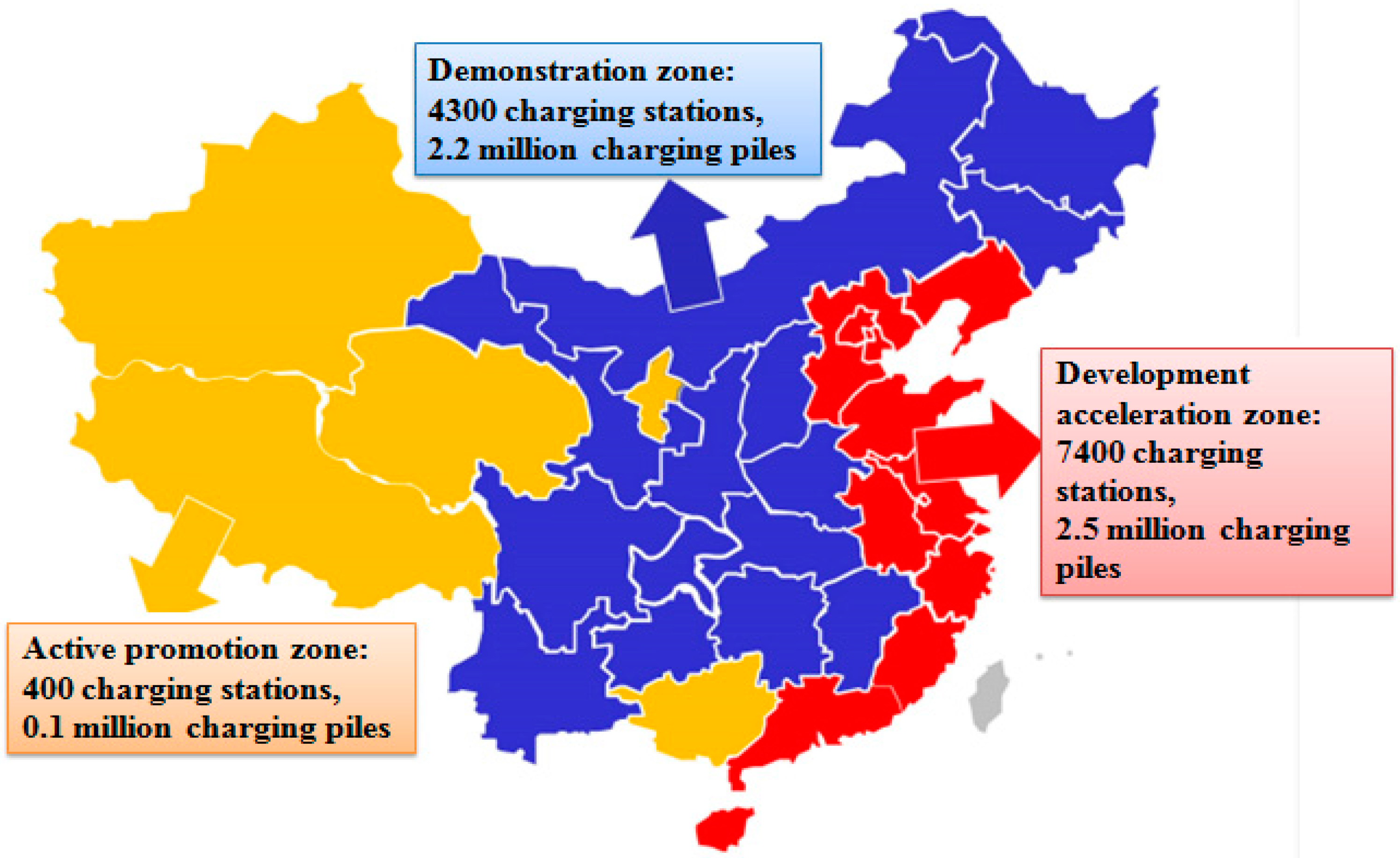
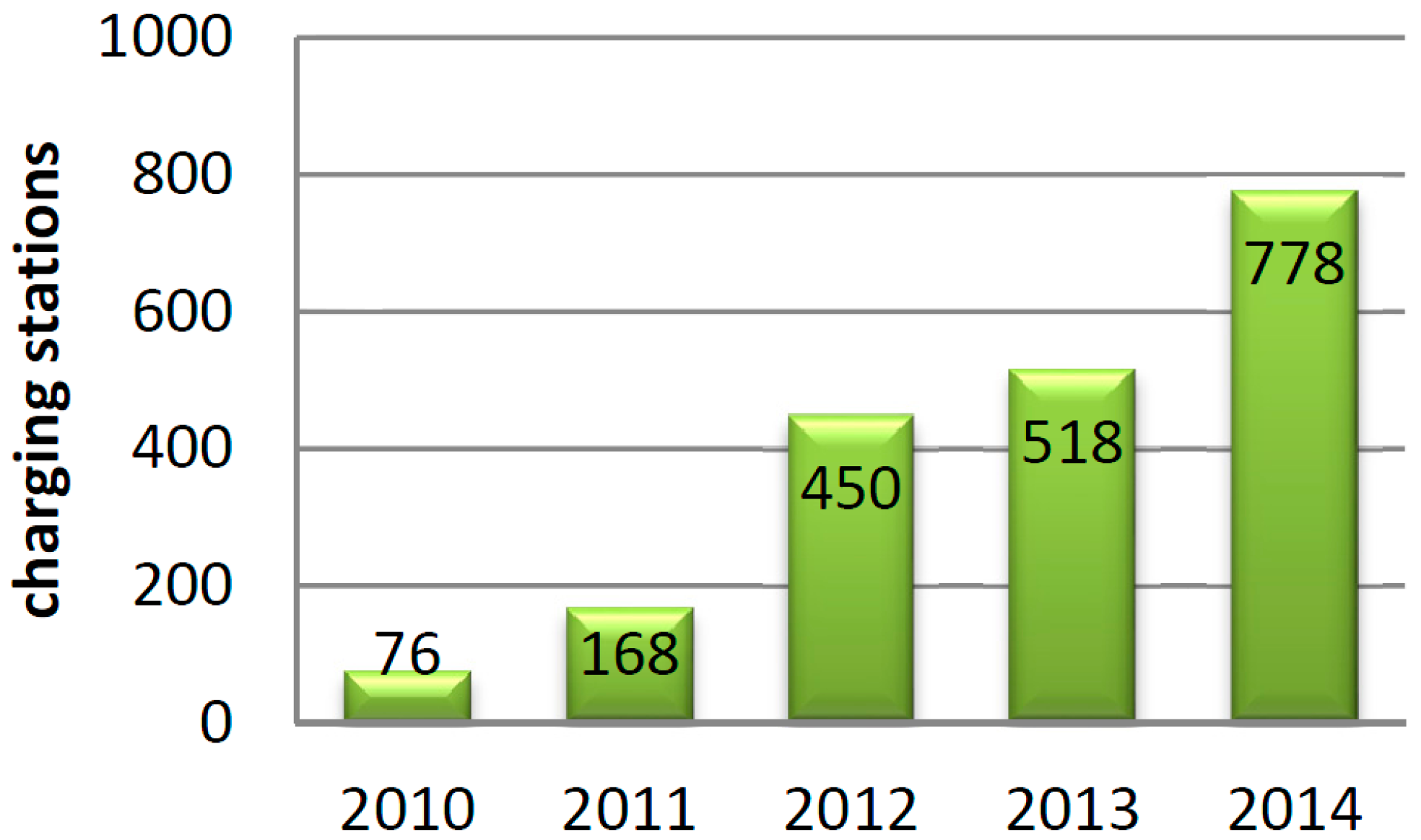


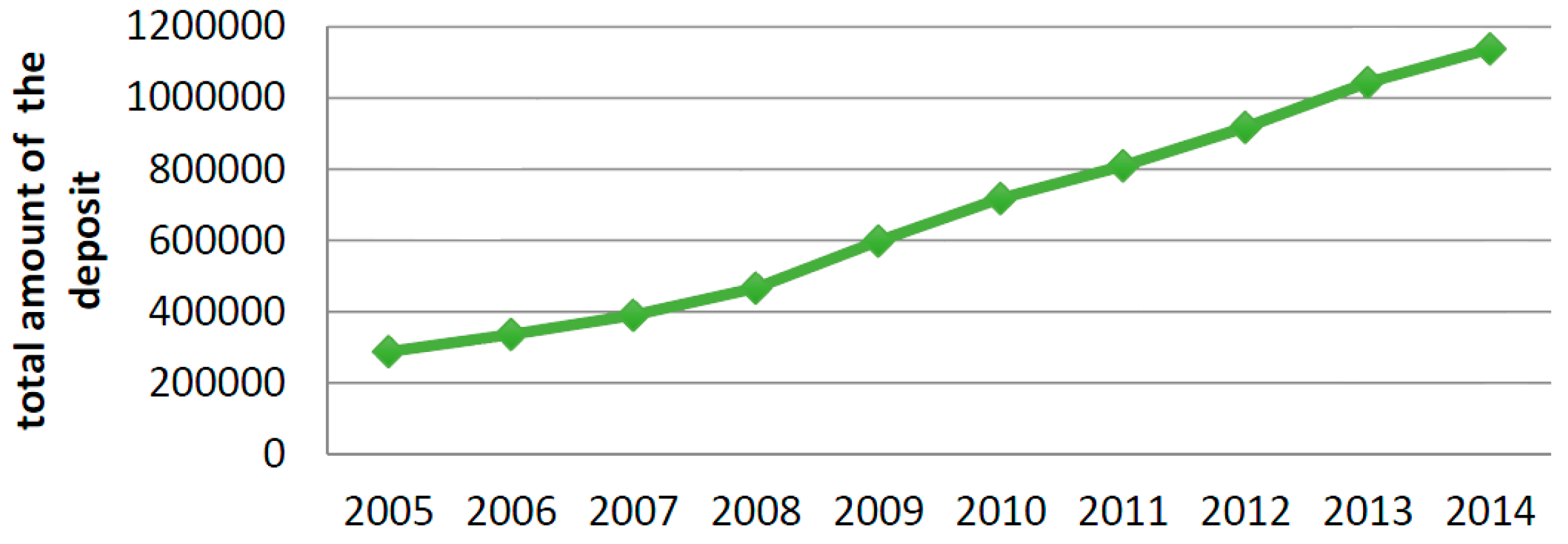
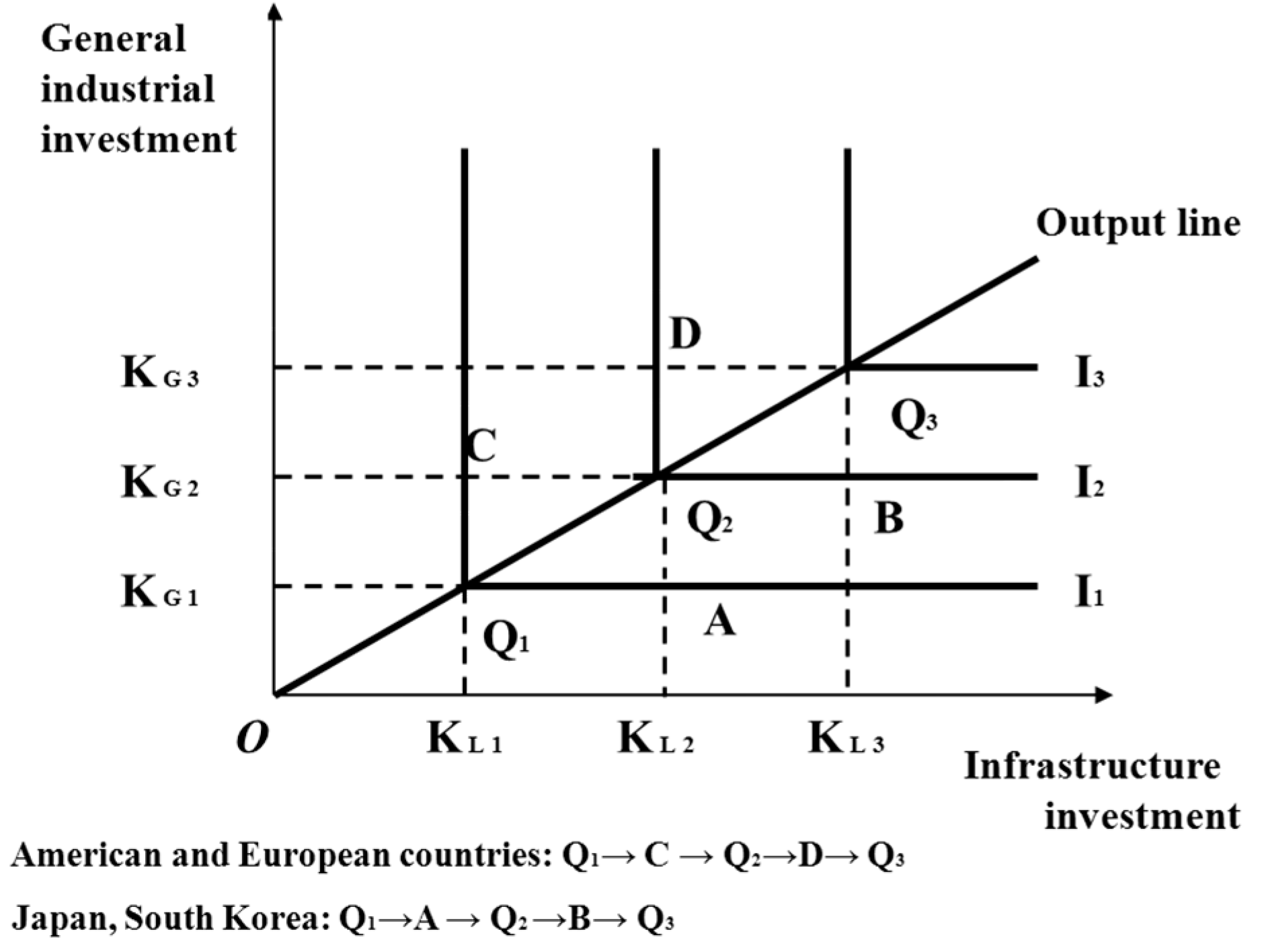
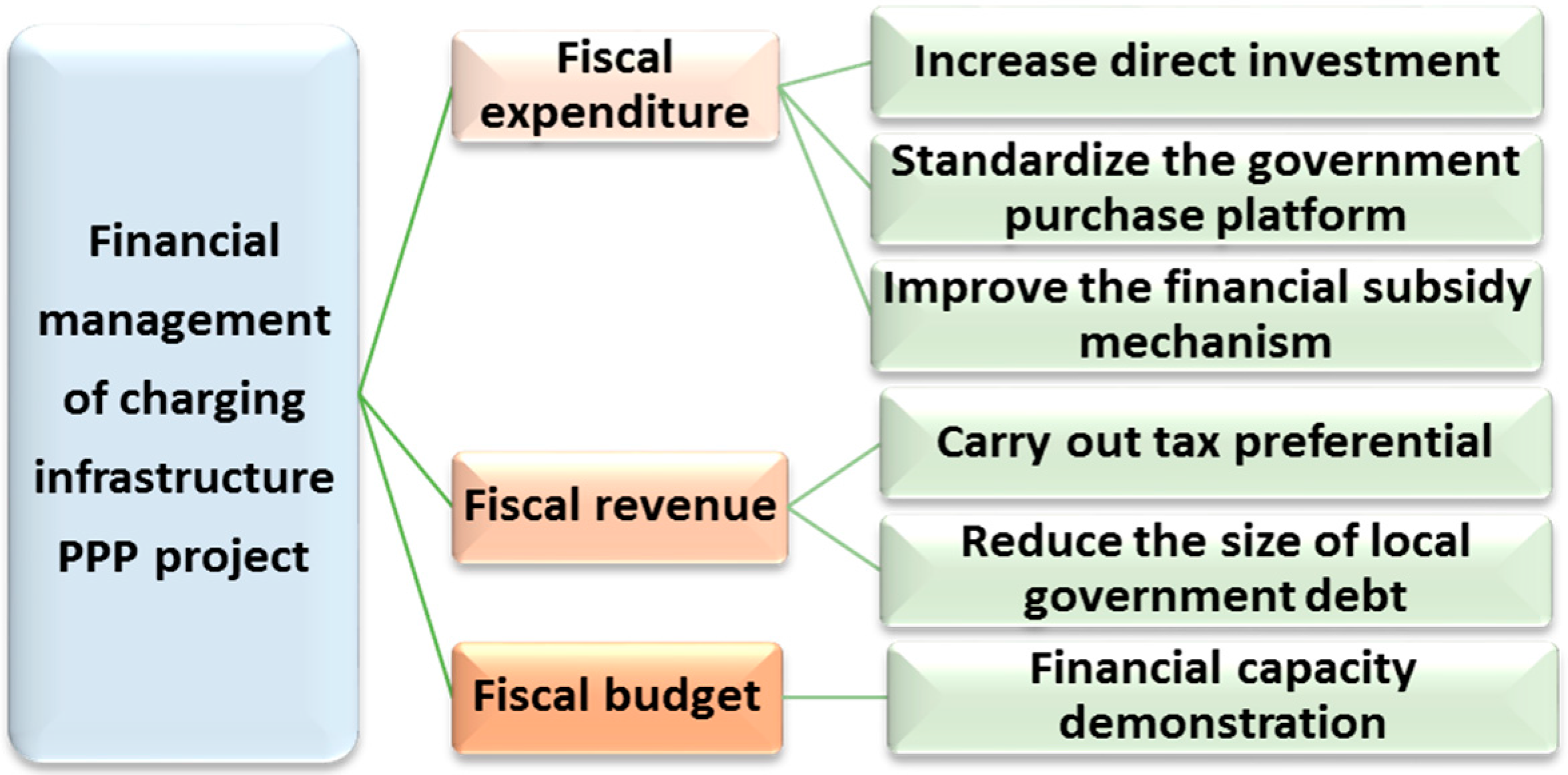

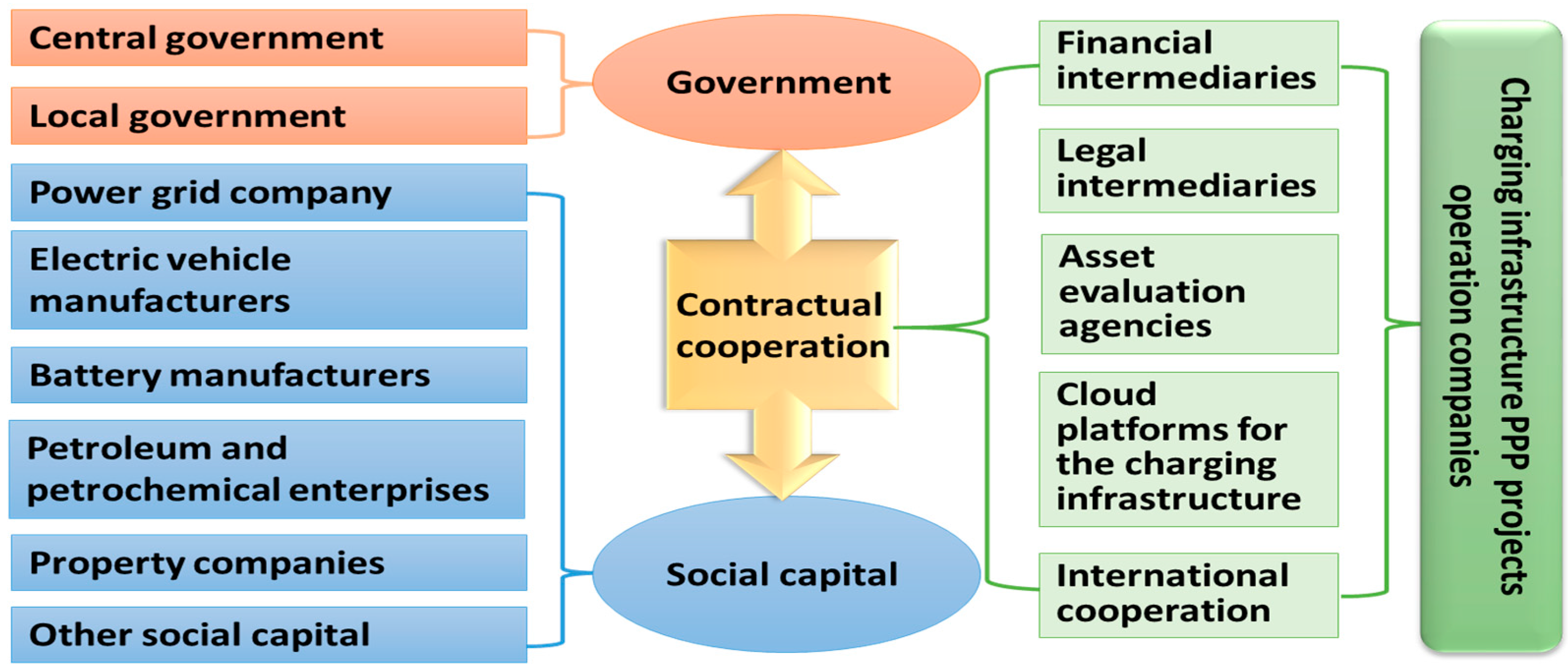
| Issuing Time | File Name | Issuing Body |
|---|---|---|
| 30 January 2015 | Regulation on the Implementation of the Government Procurement Law of the People’s Republic of China [24] | No. 658 Decree by the State Council of the People’s Republic of China |
| 18 March 2015 | Opinions on Accelerating the Promotion of the Application of New Energy Vehicles in the Transportation Industry [25] | The Ministry of Transport |
| 26 March 2015 | Automobile Storage Battery Industry Standard Conditions [26] | The Ministry of Industry and Information Technology |
| 7 April 2015 | Guidelines on Demonstration of Financial Capacity of the Government and Social Capital Cooperation Projects [27] | The Ministry of Finance |
| 22 April 2015 | Notice on the Promotion of Financial Support Policies by New Energy Vehicles in 2016–2020 [28] | The Ministry of Finance, the Ministry of Science and Technology, the Ministry of Industry and Information Technology, the Development and Reform Commission |
| 7 May 2015 | Notice on Vehicle and Vessel Tax Incentive Policies on Energy-saving or New Energy Vehicles and Vessels [29] | The Ministry of Finance, the Ministry of Industry and Information Technology, National Tax Bureau |
| 8 May 2015 | Made in China, 2025 [30] | The State Council |
| 11 May 2015 | Notice on Improving Oil Price Subsidy Policies of Urban Buses and Speeding up Application of New Energy Vehicles [31] | The Ministry of Finance, the Ministry of Industry and Information Technology, the Ministry of Transport |
| 25 June 2015 | Notice on Further Improving Demonstration Work of the Government and Social Capital Cooperation Projects [32] | The Ministry of Finance |
| 9 October 2015 | Guiding Opinions on Accelerating the Electric Vehicle Charging Infrastructure Construction [33] | The General Office of the State Council |
| 17 November 2015 | Guidelines on Development of the Electric Vehicle Charging Infrastructure (2015–2020) [34] | National Development and Reform Commission, National Energy Administration, the Ministry of Industry and Information Technology, the Ministry of Housing and Urban-rural Development |
| 23 December 2015 | Management Approaches on Investment and Construction of Public Charging Facilities for New Energy Minibuses in Beijing City [35] | Development and Reform Commission of Beijing |
| 11 January 2016 | Notice on Incentive Policies on New Energy Vehicle Charging Infrastructure and Strengthening the Application of New Energy Vehicles during the Thirteenth-Five Year Plan Period [36] | The Ministry of Finance, the Ministry of Science and Technology, the Ministry of Industry and Information Technology, Development and Reform Commission, National Energy Administration |
| 11 January 2016 | Implementation Plan for Speeding up the Construction of Electric Car Charging Infrastructure in Chongqing City [37] | Municipal Government Office of Chongqing |
| 12 January 2016 | Government Office of Anhui Province’s Opinions on Accelerating the Construction of Electric Vehicle Charging Infrastructure [38] | Government Office of Anhui Province |
| 19 January 2016 | Opinions on Accelerating the Construction of Provincial Electric Vehicle Charging Infrastructure [39] | Government Office of Hebei Province |
| 25 January 2016 | Special Plan for New Energy Vehicle Charging Facilities in Luzhou City (2015–2030) [40] | Municipal Urban-rural Planning Administration of Luzhou |
| Project Name | Launch Date | Proposed Cooperation Term | Investment Amount (yuan) (RMB) | Target |
|---|---|---|---|---|
| Public charging infrastructure for a new energy vehicles network project in Tianjin | 28 October 2014 | 20 years | 516 million | Charging piles: 2000 Bus charging stations: 40 |
| Pure electric bus charging station project in Xuzhou | 1 March 2015 | 15 years | 138 million | Bus charging stations: 27 |
| Charging infrastructure for a new energy electric vehicle project in Anqing | 18 January 2016 | 13 years | 818 million | Charging piles: 1700 Bus charging stations: 4 (no less than 99 dc charging piles) |
| Combination of parking and maintenance, as well as charging for a new energy school bus project in Zunyi, Guizhou Province | 1 October 2015 | 15 years | 50 million | Replace or add 20 new energy buses, build three parking lots in Jiutianmen, Pearl, Yingbin avenue, as well as constructing a comprehensive maintenance field, charging pile, and ancillary facilities |
| Electric vehicle charging station construction project in Xining, Qinghai province | 1 January 2016 | 30 years | 50 million | Build charging station in Xining City and Qinghai Lake scenic spot |
| Pure electronic bus charging station/pile construction project in Kuerle, Xinjiang province | 17 November 2015 | 30 years | 300 million | Charging piles: 170 Charging stations: 3 (no less than 90 charging piles) |
| Motor vehicle charging infrastructure construction project in Hetian | 21 September 2015 | 30 years | 55 million | Proposed construction of five large urban public charging infrastructure systems |
© 2016 by the authors; licensee MDPI, Basel, Switzerland. This article is an open access article distributed under the terms and conditions of the Creative Commons Attribution (CC-BY) license (http://creativecommons.org/licenses/by/4.0/).
Share and Cite
Yang, T.; Long, R.; Li, W.; Rehman, S.U. Innovative Application of the Public–Private Partnership Model to the Electric Vehicle Charging Infrastructure in China. Sustainability 2016, 8, 738. https://doi.org/10.3390/su8080738
Yang T, Long R, Li W, Rehman SU. Innovative Application of the Public–Private Partnership Model to the Electric Vehicle Charging Infrastructure in China. Sustainability. 2016; 8(8):738. https://doi.org/10.3390/su8080738
Chicago/Turabian StyleYang, Tong, Ruyin Long, Wenbo Li, and Saif UR Rehman. 2016. "Innovative Application of the Public–Private Partnership Model to the Electric Vehicle Charging Infrastructure in China" Sustainability 8, no. 8: 738. https://doi.org/10.3390/su8080738





